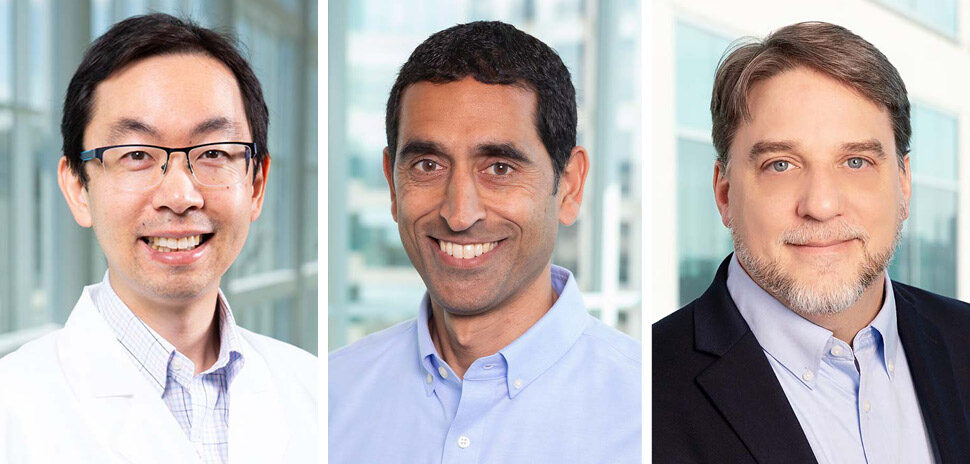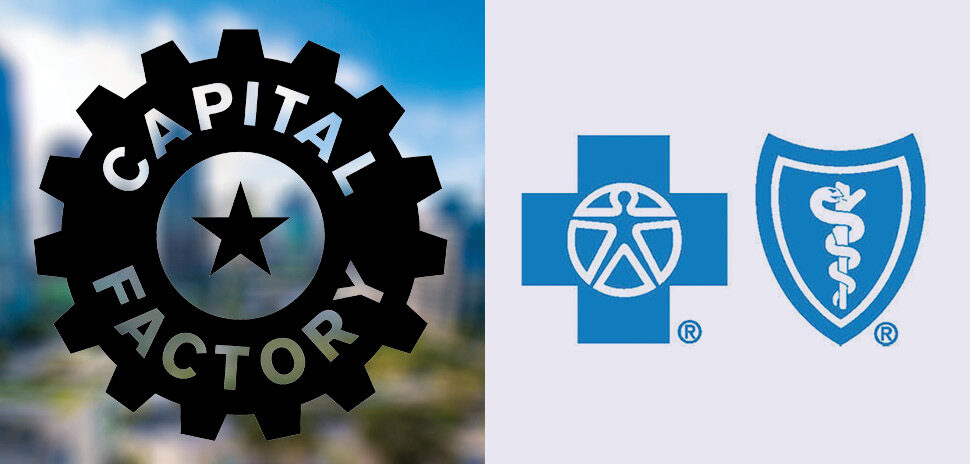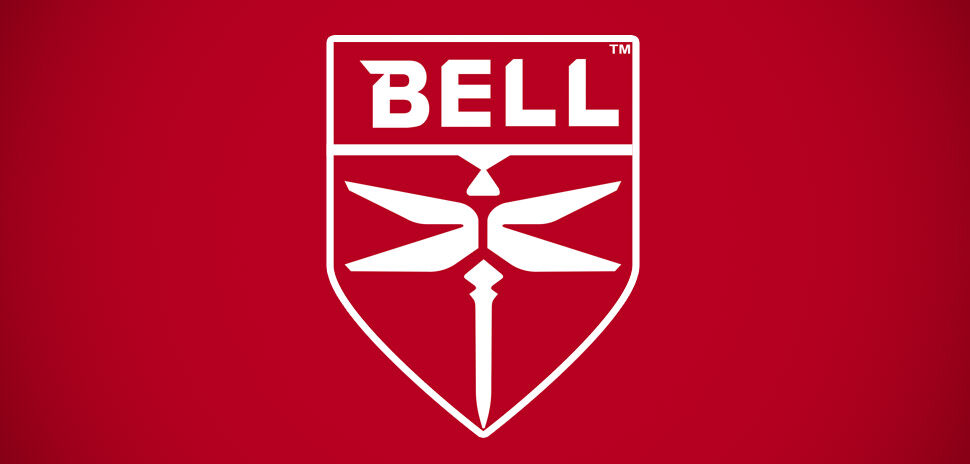NEUROSCIENCE DEPARTMENT, MOTION LAB COLLABORATE TO GIVE ANSWERS, TREATMENT PLANS
Imagine watching your 10-year-old outside playing and suddenly you notice he’s running differently. Before you know it, your child has difficulty moving both arms and legs. Within a few months, he’s in a wheelchair.
It’s called dystonia and, unfortunately, it does happen just this way for some children.
If this happened to you, what would you want for your child?
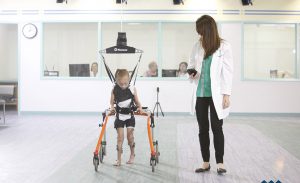
A therapist works with a young patient.
ONE VISIT CAN’T PROVIDE ALL ANSWERS
Most parents want a precise diagnosis and an individualized treatment plan. Unfortunately, with such a rare and complex disease, a single visit to a doctor often cannot provide all the answers.
The Cook Children’s Neuroscience Department and the Cook Children’s Motion Lab provide exactly what patients and parents need in these difficult situations. Working with a devoted team of experts using the best technology, the team is able to get the best assessment possible of each child.
Warren Marks, M.D., and his team developed the Motion Lab for children, teens and young adults with a variety of conditions, including both neurologic and orthopedic diseases. He can use his lab to treat both congenital conditions (those that children were born with) and those that are the result of illness or injuries.
But Marks, a neurologist and medical director of the Movement Disorders Rehabilitation Programs at Cook Children’s, is adamant that it is difficult to truly innovate, as a physician, by yourself.
“To develop a lab like this, it takes a lot of people who have a great deal of understanding about all the components,” Marks said.
MOTION LAB REQUIRED INPUT FROM MANY PEOPLE
When creating the Motion Lab, Marks’ design team included architects, engineers, physical therapists and a biomedical engineer. All are still involved and Marks asserts that the motion lab would not be the same without all of their input.
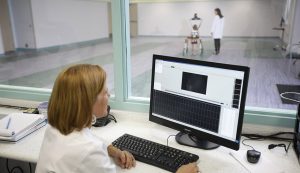
A young patient’s treatment is monitored in the Motion Lab.
Despite his critical role, he is quick to say, “The most important people are the physical therapists who run the lab every day.”
Unfortunately, Team Building 101 is not a required medical school course. But, as medical care becomes increasingly complex, doctors must learn the skills necessary to build and manage a diverse team.
If you want to make a difference, Marks gives the following team building advice: “I think it is important to surround yourself with good people …and allow them to be creative.”
Good ideas can come from any member of the team and everyone is encouraged to speak up when they see something that could be better. Having a level playing field for ideas is particularly important when you are the doctor and head of the team. If the culture is not right, it is common for other team members to defer or withhold feedback because of the doctor’s status.
“At the end of the day, we are all in this to help the patient and to make their life better. This is not about ownership, it’s about outcome,” Marks said.
For a daily dose of what’s new and next in Dallas-Fort Worth innovation, subscribe to our Dallas Innovates e-newsletter.


